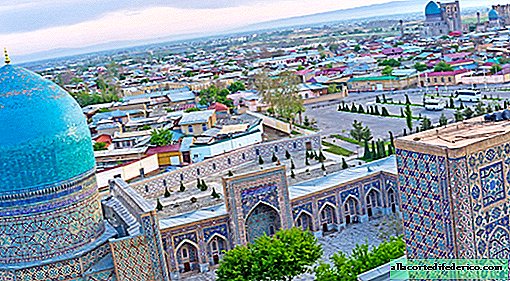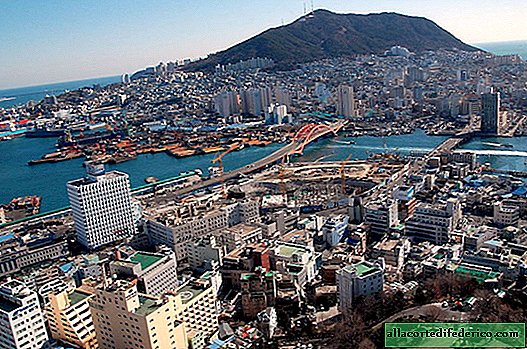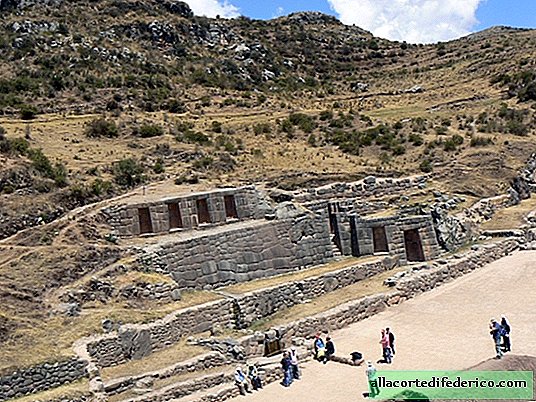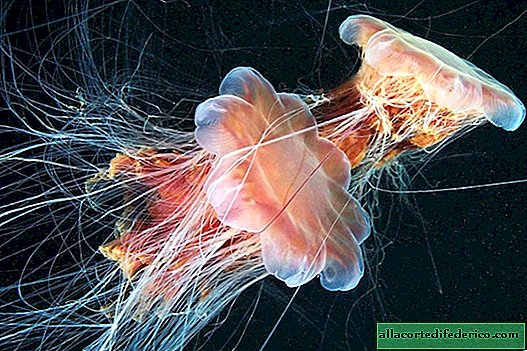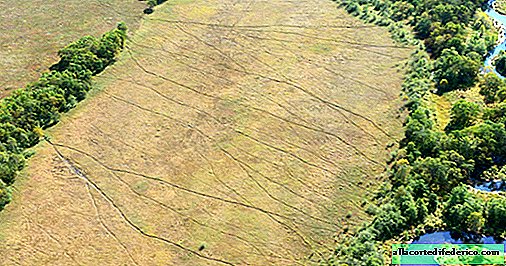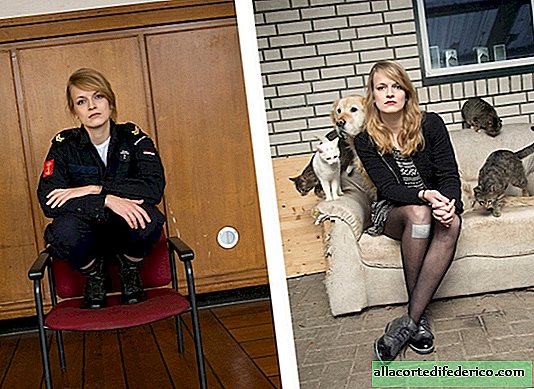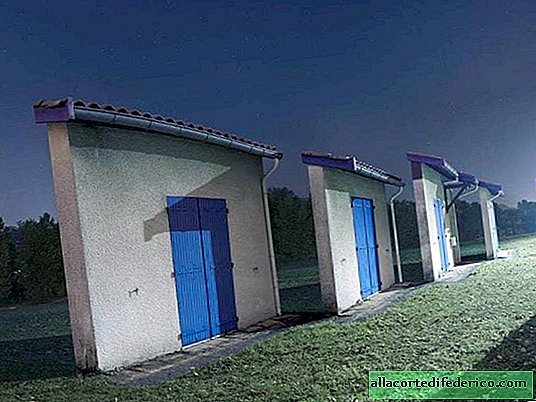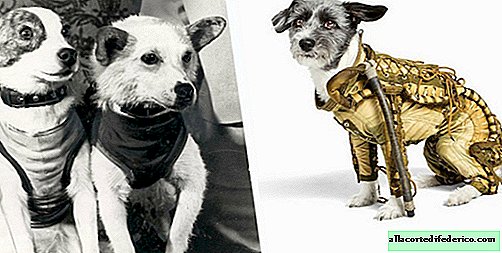Decaffeinated coffee: how they accidentally created a harmless drink
Coffee is a favorite drink of a huge number of people around the globe. But the caffeine it contains can have a negative effect on the health of some people.

The thing is that caffeine is an alkaloid with a pronounced psychostimulating effect. It has an exciting effect on the central nervous system of a person, on blood vessels and heart, increasing the frequency of contraction of the heart muscle. That is why coffee, tea and some other drinks containing caffeine are contraindicated for people suffering from insomnia, as well as cardiovascular diseases.

Fortunately for all those who should not drink traditional coffee, there is decaffeinated coffee in the world. It is absolutely harmless and at the same time preserves all the taste of the drink.
It turns out that the first decaffeinated coffee was obtained by accident. In 1903, a merchant ship carrying coffee fell into a storm, and the goods were ruined. But the owner of the wet coffee, Ludwig Roselius, in the hope that the product was slightly damaged, took the coffee to the laboratory. To his surprise, the examination showed that the caffeine content in grains after contact with sea water became very low, and the quality of the grains turned out to be quite good.

An entrepreneurial German patented this method of removing caffeine from everyone’s favorite drink and launched the production of caffeine-free coffee in 1906, when he founded Kaffee Handels-Gesellschaft Aktien (Kaffee HAG) in Bremen, Germany. This name has long gone down in history. And even today, traveling, for example, in Italy, you can notice that decaffeinated coffee in Italian restaurants is listed on the menu as "Caffe Hag", or simply "Hag".

In those days, the technology by which Ludwig Roselius made his exclusive coffee was based not only on the processing of saltwater grains. Benzene was used to remove caffeine, which is why this technology was subsequently banned.
The current global production of decaffeinated coffee is based on international standards, according to which from 97 to 99% of the caffeine contained in it should be removed. The most difficult thing in this process is the preservation of the original taste.

Today, the favorite coffee of all the "cores" and those suffering from insomnia is made using two main technologies. The first is based on the properties of carbon dioxide under special conditions to dissolve caffeine. It is noteworthy that of the whole variety of substances contained in coffee, only caffeine dissolves in compressed carbon dioxide. Coffee grains pre-soaked in water are placed in a special carbon dioxide chamber, which dissolves caffeine after heating.

In the second method, water is used to extract caffeine, and only green coffee grains are suitable for it. They are soaked in hot water, which takes caffeine, flavoring and aromatic substances. After that, the water enriched with coffee components is passed through special filters that trap only caffeine. The only disadvantage of this method is its high cost.

But the real sensation in the healthy coffee industry was the discovery of caffeine-free wild coffee in 2008. This species grows in the form of a bush up to 1.5 meters high on the slopes of the African mountains in the tropics. To be more precise, we discovered it back in 1983 and called it Cameroonian coffee. But for a number of reasons, his detailed study only began in 2008, when he was introduced to the general public.

The discovery of an amazing plant was the impetus for the development of the caffeine-free industry in the global coffee industry. Several companies from Brazil, Japan and other countries are breeding activities aimed at breeding new varieties of coffee with an extremely low caffeine content. To date, three caffeine-free varieties of arabica have already been obtained, and they, along with the wild species, have already begun to be grown on coffee plantations.





